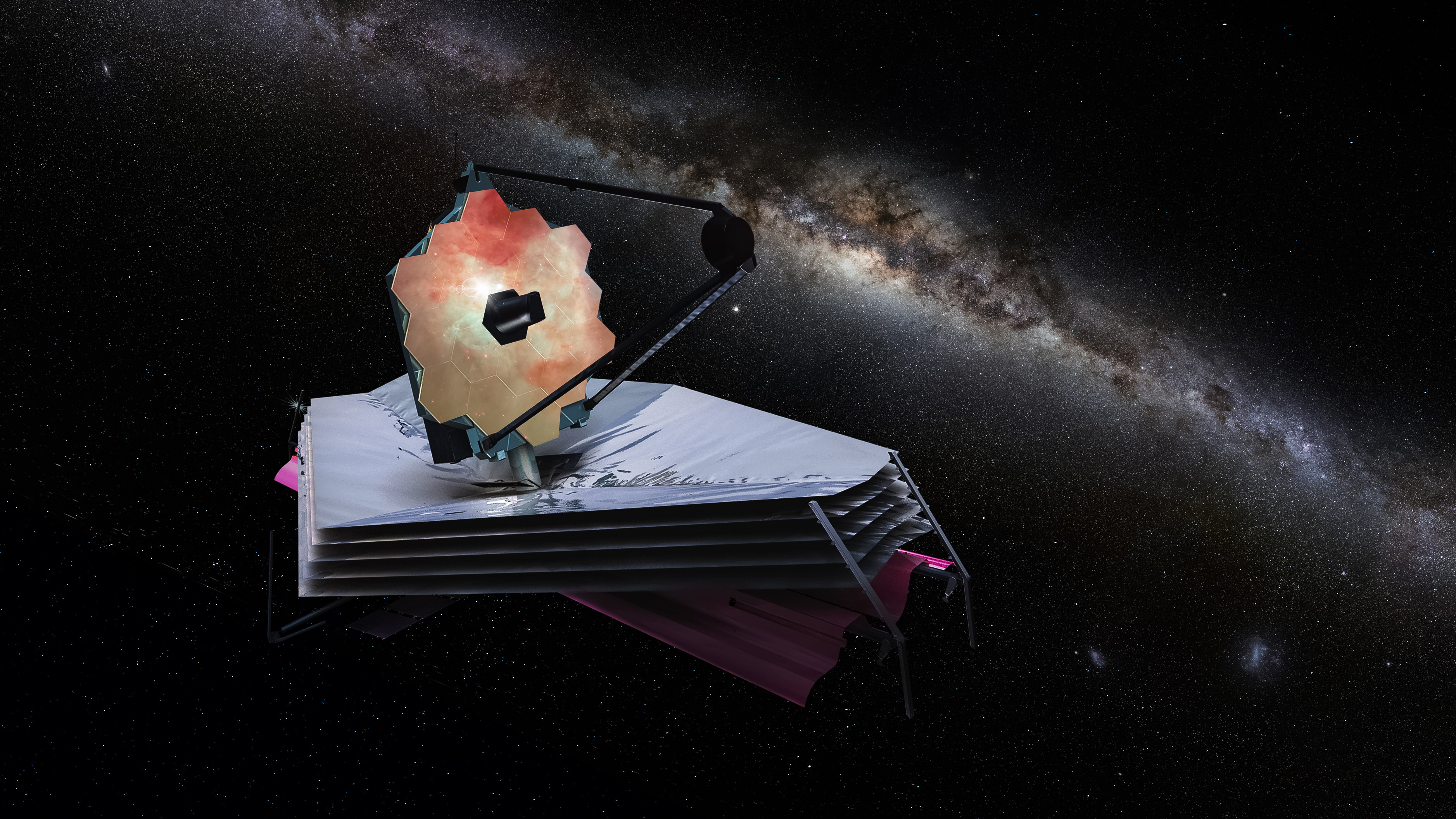Birthed from the minds of astronomers Edwin Hubble and Milton Humason, the Hubble constant has long been our closest attempt at understanding the universe’s rate of expansion. However, recent attempts to measure that expansion rate in other ways have led to some confusing results, with the most common value estimated to be around 70 kilometers per second per megaparsec.
Now, as if to make things even more confusing, astronomers have used the James Webb space telescope, the most powerful space-based observatory humanity has ever created, to try to figure out the expansion rate of the universe. The math is in, and Webb agrees with the current estimations, and it’s creating a massive conundrum for scientists.
The biggest issue with Webb’s measurement of the Hubble constant, which hovers right around 73 kilometers per second per megaparsec (on par with the current most common estimation), is that no other methods of measuring this value appear to return the same result. This has created what scientists refer to as “Hubble tension,” and they mostly attributed it to human error.

However, the new measurement from James Webb has a very high confidence level. As such, some scientists say that perhaps we just haven’t fully understood the universe as well as we thought we did. This isn’t really all that surprising of a notion. After all, the universe is a very big place, and we’re constantly finding galaxies that shouldn’t exist based on our current models of the cosmos.
As such, it’s no wonder we’ve had so much trouble determining a valid Hubble constant that can be measured across multiple methods, the two main ones being what we call standard candles and standard rulers. These two methods continue to return different results, with standard candles measuring 73 kilometers per second per megaparsec, as I mentioned before, and standard rulers returning measurements of 67 kilometers per second per megaparsec.
That might not sound like a lot, but when we’re talking about the rate of expansion in the universe, having a solid Hubble constant that matches up across all of these methods is extremely important to ensure we have the most accurate models possible. As such, to fully understand and gauge the size and expansion of the universe, we have to figure out what is causing this discrepancy.
Many had hoped that James Webb’s measurements would help shed some light on the discrepancy. Instead, all it has done is fan the flames of the issue, which will undoubtedly continue to nag at scientists until they figure it out.








